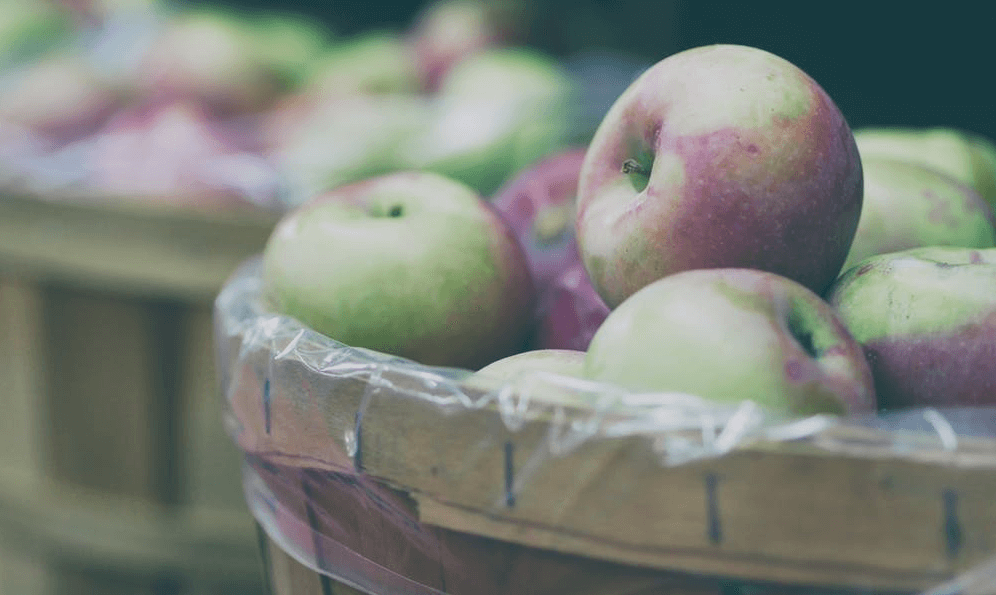Blockchain is a tech buzzword that many don’t fully understand, but it’s time for shippers to read up on the topic as it could soon redefine the way food is tracked and traced through the supply chain.
What is Blockchain?
Blockchain is a distributed database that holds records of digital data or events in a way that makes them tamper-resistant. While users from all over the world can access the database to add information, no one can delete it. Over time, as users add “blocks” of data to the ledger, a clear trail or “chain” of information about each transaction develops. Because the database is permanent, accessible to anyone, and controlled by no single entity, the chain of information is widely considered more reliable than that of other systems.
Understanding this, it’s easy to see blockchain’s potential for safeguarding the food supply. Originally intended for financial transactions, blockchain can be used to track just about anything that gets transferred between parties, and may be particularly well-suited to food moving through the supply chain—from farm to warehouse to shipper to retailer to consumer, and anyplace in between.
How Blockchain Can Help Protect the Food Chain
Walmart acted on the potential last year when it joined forces with IBM and the Tsinghua University in Beijing to launch a trial run of a new system in its food supply chain. Starting out with mangoes in the US and pork in China, Walmart suppliers leverage blockchain to record tracking data such as farm location, batch numbers, expiration dates, storage temperatures, and processing information as the product leaves the farm. Then, as the product enters and exits each location, members of the supply chain re-scan the food and record additional information in the blockchain database.

By adding this data entry step to existing processes at every location, Walmart is creating a secure, uniform ledger for tracking food flows across its supply chain. While the process remains subject to some human error while inputting data, the system eliminates the biggest gaps that can occur with separate databases that don’t talk to each other, or connect only partly. Even better, users can correct mistakes in real time, and for all to see (Supermarket News).
Centralizing and streamlining the tracking process is only the start. The real value for food shippers, and the public at large, may be in tracing the food’s journey through the supply chain:
- Limit Recalls. The Centers for Disease Control (CDC) investigates more than 1,000 food outbreaks per year, which affect more than 48 million people. Using blockchain to locate the source of outbreaks could reduce that number significantly and safely. Upon learning about a customer illness, a shipper can obtain data from a single receipt that shows precisely where the product was grown, processed, inspected for quality, purchased, and so on. Because detailed information is readily available within the blockchain database, shippers can find the contamination source, and order recalls of small, specific quantities rather than stripping store shelves clean throughout entire geographic regions (Bloomberg).
- Speed Traceability. Foodborne illness costs the U.S. more than $93 million per year, and not all of it from medical expenses. In 2006, hundreds of investigators labored for two weeks to identify the source of contaminated spinach. Today, the blockchain allows them to trace quickly back to the precise source, potentially halting massive, expensive outbreaks (Phys.org).
- Eliminate Manual Systems. During the trial run, Walmart learned that scanning detailed supply chain data from food labels from and into the blockchain database shortened a formerly manual process from nearly seven days to 2.2 seconds. Not only do manual inspections and paper tracking systems require more people, time, and investment, they also expose shippers to costly inaccuracies (Supermarket News).
- Increase Shipping Transparency. Maersk Line is testing blockchain to monitor ocean container shipments and, if successful, could rack up savings in the billions. The blockchain network can help them reduce mistaken deliveries and combat fraud because users can see updates in the system immediately, and stop mistakes or theft while they’re happening (Phys.org).
- Share Food Provenance. More than 90 percent of today’s consumers find it important to know where their food comes from. Whether they have gluten-free, organic, non-GMO, kosher, or other diet preferences, leveraging data from the blockchain can increase consumer confidence in overall food quality and safety. In the future, Walmart customers may be able to see a product’s journey from farm to table with blockchain data simply by photographing food labels with their cell phones (IBM).
Despite early successes, Walmart is still working through details and kinks in their supply chain tracking process. But the hope is that Walmart’s “digital and transparent food system” trial will yield advantages for all members of the world’s food supply chain, and the transportation industry overall.
Want to continue geeking out about the future of supply chain? Check out these articles:

